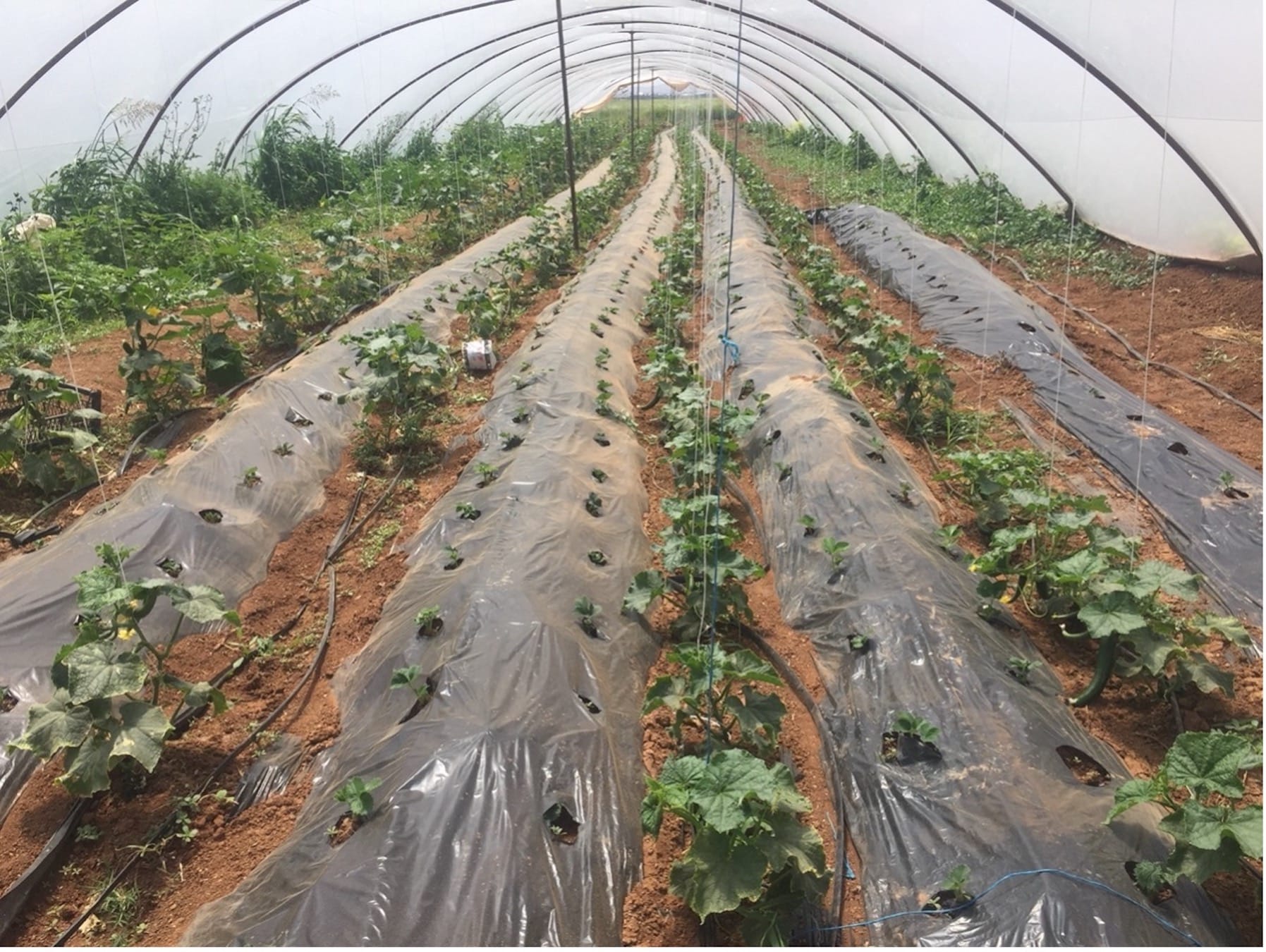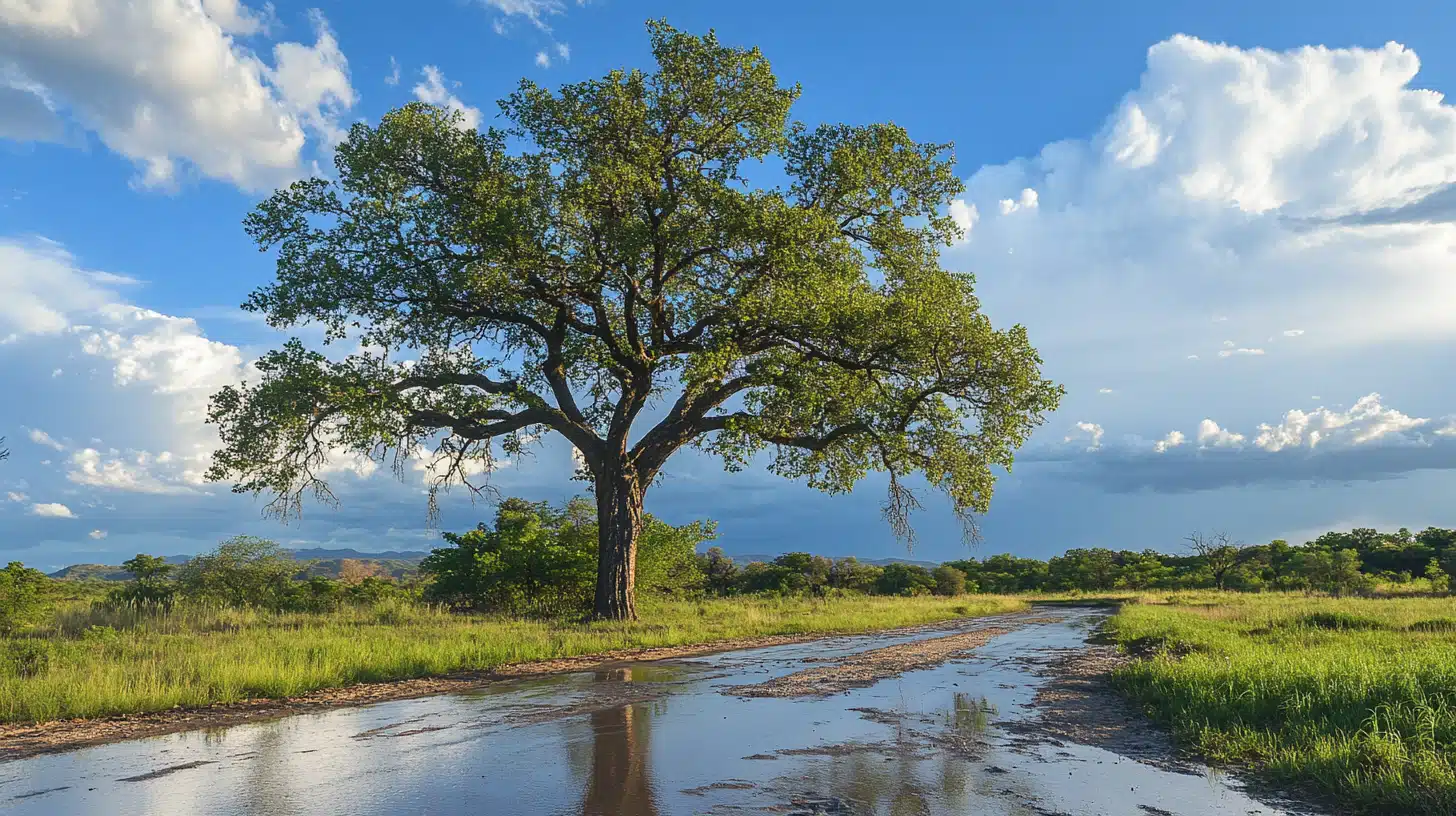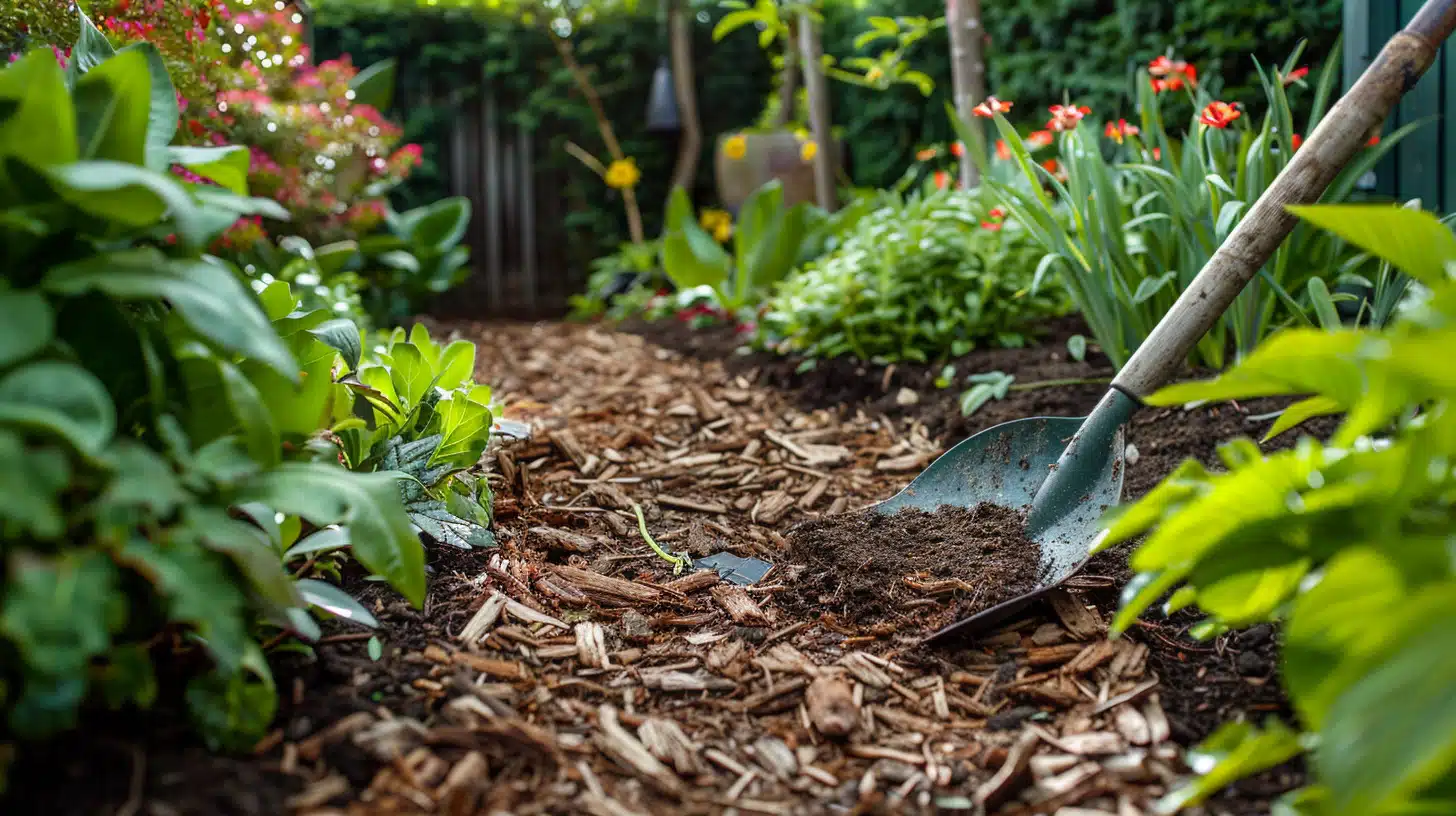How to Protect Your Drought-Stressed Trees After Rainstorms?
Even though a rainstorm can be a much-needed relief for drought-stricken trees, it also creates additional stresses if not handled properly. Knowing what to do with them after the downpour is therefore vital for their long-term health. In this article we will share tips on how you can protect your drought-stressed trees following rainstorms according to experts from Tree Doctors Toronto who have been serving as local tree care specialists for many years.
Understanding the Effects of Rainstorms on Drought-Affected Trees

Sometimes all that is required by your tree is a storm in such times of draughts. But too much water coming into contact suddenly can bring about problems if not taken care of well. When deprived of moisture, roots in dry conditions shrink or get damaged which makes it difficult to take in any more water effectively.
Moreover, these types of plants may have soil around them that does not retain moisture adequately thereby causing running off and further drying out.
Additionally, weakened roots combined with saturated ground make trees more likely to fall over during strong winds especially those with larger branches or older trunks – so this period should be treated as an emergency when looking after them.
Assessing Tree Health Status
The first step towards protecting your drought-stricken trees after heavy rains involves evaluating their wellbeing. Identify any signs that might indicate stress such as browning leaves at the edges or sparse canopy. Also test for wetness near its base because if the earth is either too wet or too dry then there could be trouble ahead for that plant.
Toronto’s arborists recommend digging up around its root zone till you reach about two feet below grade level while gently examining soil (the area where most roots are located). If they feel mushy and give off an unpleasant smell like rotten eggs, it means they might be infected with root rot which arises commonly after excessive downpours.
Watering Correctly
It may seem counter-productive but watering them more even though they have just been rained on can help a lot especially if it was a light shower or did not penetrate far into the ground. However, one must be careful so as not to worsen their condition through overhydration.
To ensure that the deepest part of the soil where water is most needed gets it, irrigation has to be deep-seated. You can achieve this by employing slow-release methods like soaker hoses which let moisture seep through slowly into lower layers of the earth or drip systems. But you should avoid wetting leaves and stems directly because this could lead to growth of fungi.
When dealing with drought-stressed trees, watering should take place early in the morning or late evening hours so as to minimize evaporation rates. Regularly check how moist dirt is by feeling it with your hand then adjust frequency accordingly – do not forget that too much wetness may cause harm too just as lack thereof does.
Mulching for Moisture Conservation

After rainstorms, mulching is among the best ways through which you can protect your trees. A layer made from organic material such as chips from wood or barks acts as a sponge that retains water in soil and keeps temperature at an optimal level while suppressing weed growth around them too. It has also been found effective against compaction that tends to happen when there’s heavy rainfall followed by hot suns
While using mulch, the base of the tree should be surrounded evenly until the drip line. The trunk should not be piled with mulch as this can lead to decay and attract pests. About 2-4 inches deep is the ideal layer of mulch as it allows for proper air circulation and conserves moisture.
Pruning for Strong Structure
Pruning trees after a rainstorm helps relieve tension and prevent further harm in future storms. What you need to focus on are dead or damaged branches because they can become entry points for diseases and pests. Another thing that thinning out the canopy does is reduce wind resistance thus lowering chances of breakage during storms.
According to Tree Doctors Toronto, correct pruning methods must be employed so as not to cause more damage to drought-stressed trees. Ensure clean cuts near branch collar while avoiding leaving behind stubs or making flush cuts which may interfere with natural healing process of trees.
If you are unsure about how best prune your trees then consulting an arborist who will evaluate them and give professional advice would be wise.
Pests and Diseases Monitoring
After a rainstorm, drought-stressed trees become vulnerable to various pests and diseases due to weakened state caused by excess moisture. Common insects like borers, aphids or scale insects may attack such weakened plants thereby accelerating their deterioration even further. On top of that, certain fungal infections such as root rots, powdery mildew among others can easily develop under these wet conditions following heavy rains.
Frequent check-ups are necessary in order detect any infestation signs early enough before it spreads widely throughout the affected tree(s). Therefore look out for discolored leaves, abnormal growths or visible insects crawling on branches & trunks then take necessary steps immediately once noticed because failure may lead complete loss hence requiring professional intervention aimed at saving remaining parts if possible.
Making Trees Stronger against Future Storms
Long-term protection of trees against both droughts and storms is achieved by enhancing their ability to withstand such conditions. This is done through continuous care like right watering, mulching, pruning as well as fertilizing for healthy growth.
Application slow release fertilizer during spring helps restore nutrients that could have been used up during dry spell but be careful not to overdo it since this can lead excessive which may overwhelm tree’s support system.
Moreover consider planting species which can tolerate lack of enough water for long periods hence coping better with fluctuating moisture levels. Indigenous types are usually more adapted local climates thus requiring less maintenance.
Conclusion
Taking care of drought-stricken trees after rains calls for a well thought out strategy that factors in challenges associated with both too little rainfall and excesses brought about by heavy downpours. These tips will enable your plants recover from stress and become stronger against future climatic variations.
In case you’re uncertain about what needs be done on your trees, don’t hesitate to contact Tree Doctors Toronto. Our certified arborists have vast experience in dealing with such situations so they will provide appropriate advice while ensuring safety throughout their intervention







